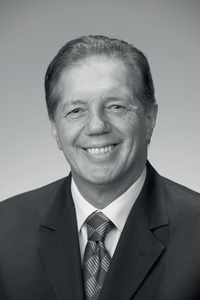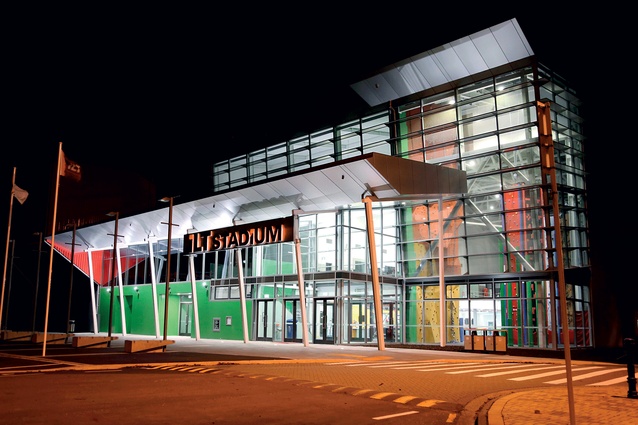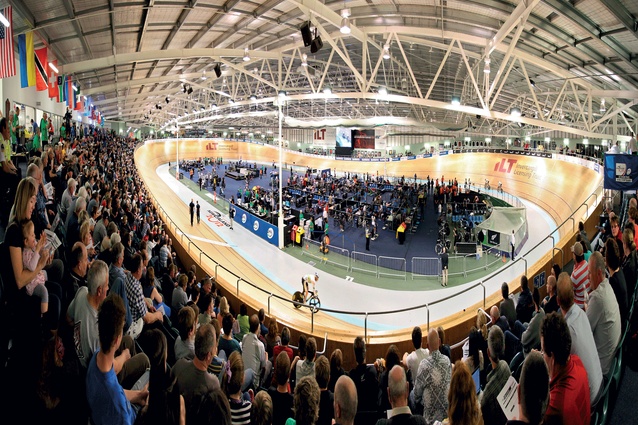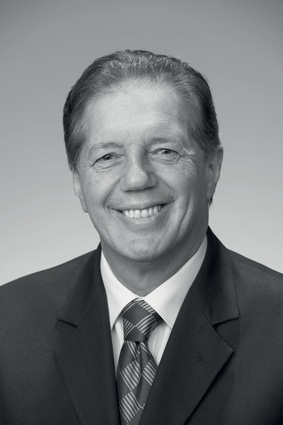Building value
Tim Shadbolt shares his thoughts on the importance of construction, his career in the sector, and why our southern city will continue to thrive.

Being involved in major construction projects is hard work but it is also exciting and satisfying. As a high school student I worked as a builder’s labourer constructing bridges over the North West Motorway.
There was an abundance of work and I also had an uncle who was a foreman for Downers and he hired me to work on several construction sites in South Auckland. The economy was booming in the ‘60s and almost every factory and construction site had a sign up saying “men wanted”. After hours of swotting for School Certificate or University Entrance it was a huge relief to do something physical and at the end of the week you got a little brown envelope full of cash. We felt so tough and independent. We bought motorbikes and played league for Te Atatu North.
I had thought that attending university would be intellectually challenging but it was just like going back to school. After a year I decided to apply for a job on the Manapouri Power Project. I lied about my age and claimed to have worked at Mt Isa as a hard rock miner second class.
What an experience the Manapouri Power Project turned out to be. The project itself was quite simple. Two of the South Island’s largest lakes were 100 metres above sea level and only 7kms from the coast. All we had to do was drill a hole through the Southern Alps and gravity would provide us with an endless supply of cheap, sustainable, clean green electricity. This would help us attract a smelter.
But like many simple concepts it ended up being a lot more complex than anyone could possibly imagine. Geological surveys predicted water would not be a problem but we discovered powerful underground aquifers. A consortium led by Fletchers and Downers was virtually drowned and the Ministry of Works gifted the project to Utah Mining on a cost-plus contract. The cost soared from $27 million to $300 million. In those days, no-one seemed to care about cost overruns. In fact, they were considered the norm. No-one worried about the environment either; the 100 acres of pristine reserve land needed for construction work looked like a bomb site.
Health and safety wasn’t even heard of. We didn’t have ear muffs or safety glasses. A man a mile was killed and that was considered quite acceptable. In total, 17 miles of tunnel were built and
17 men were killed – hundreds were injured. After a year I returned to university.
After many adventures involving protests, communes and concrete contracting, lets jump forward 18 years and I’m now the mayor of Waitemata City. I soon worked out that the reason residential rates were so high in West Auckland was because our neighbouring cities in North, South and Central Auckland all received 40-60 per cent of their rates from the commercial and industrial sector, whereas Waitemata City received only seven per cent of its rates from that source.
Our love of beaches, harbours and mountains made it difficult to build factories so I decided to get into the entertainment industry. A proposal that really excited me was the Kiwi Dome Project. The boot was now on the other foot. Instead of being a construction worker I became a concept planner and a researcher who was heavily engaged in public consultation.
I travelled to America to look at their indoor stadiums and was most impressed. It was obvious Western Springs would become a middle class sanctuary and oppose speedway and rock concerts. We looked at building a roof over Mt Smart but it simply didn’t fit. Our council had inherited 200 acres of Harbour Board land at Te Atatu, which was a perfect site.
Unfortunately the Audit Office wrote a report condemning the project and it all fell over. Three decades later and Auckland still doesn’t have a decent indoor stadium compared with Christchurch or Dunedin.
When I was elected as mayor of Invercargill in 1993, we had the fastest declining population of any city in New Zealand or Australia. We had a negative image and urgent action was needed. My answer was construction work and I set about helping to build an international airport, a stadium, an aquatic centre, a velodrome, a flood protection project, a restored civic theatre, an upgraded rugby park, an expanded Southern Institute of Technology (thanks to Zero Fees) and an inner city upgrade.
Our population increased by 2.7 per cent at the last census and this year’s rate increase is 0.7 per cent. We are now planning a new museum and another central business district upgrade. Instead of being mocked as a dying rural backwater we are now treated with respect and it’s all thanks to construction work. Okay – we still have the challenges of leaky buildings and earthquake-prone buildings but don’t worry, we’ll sort it out.












